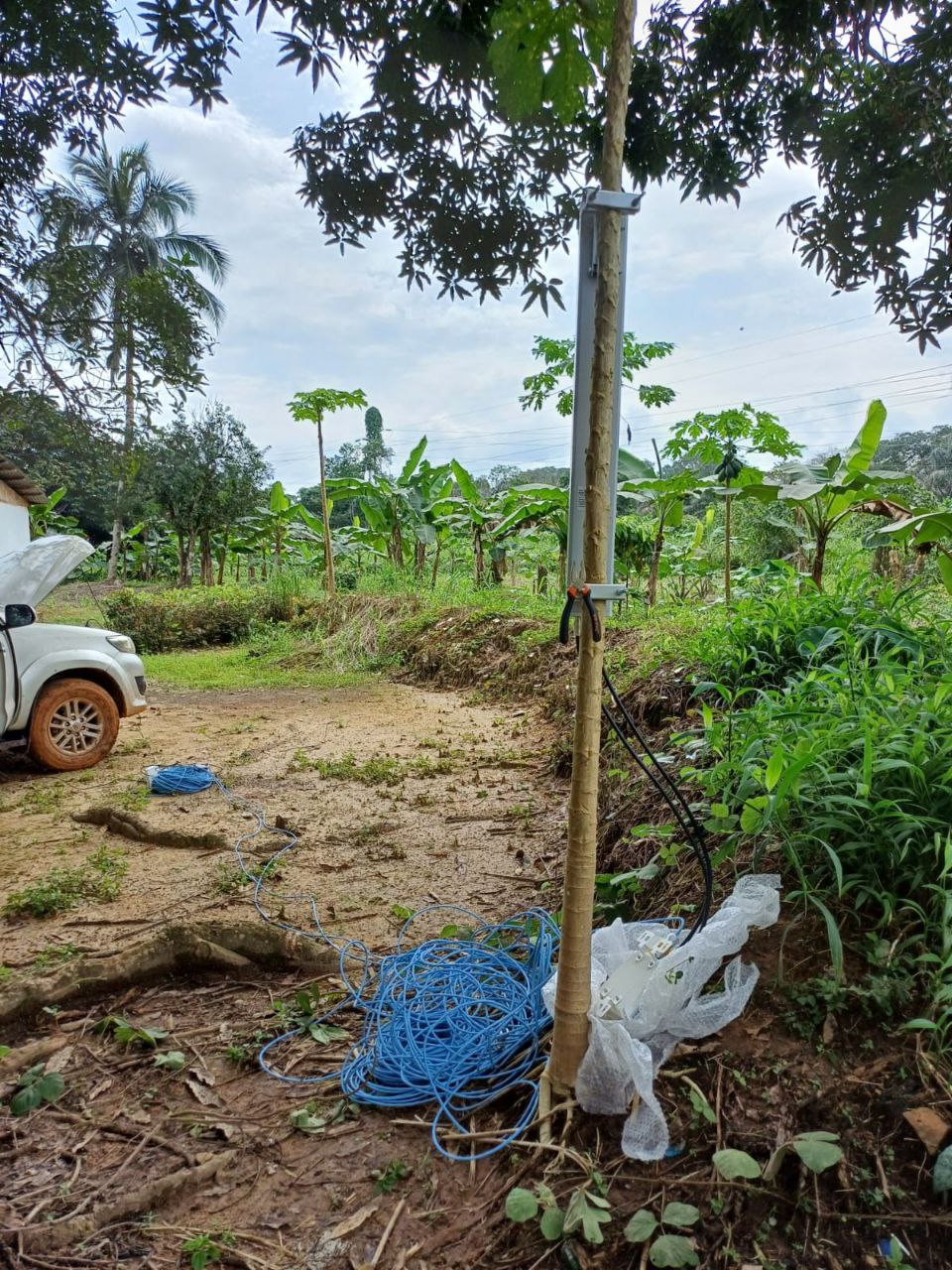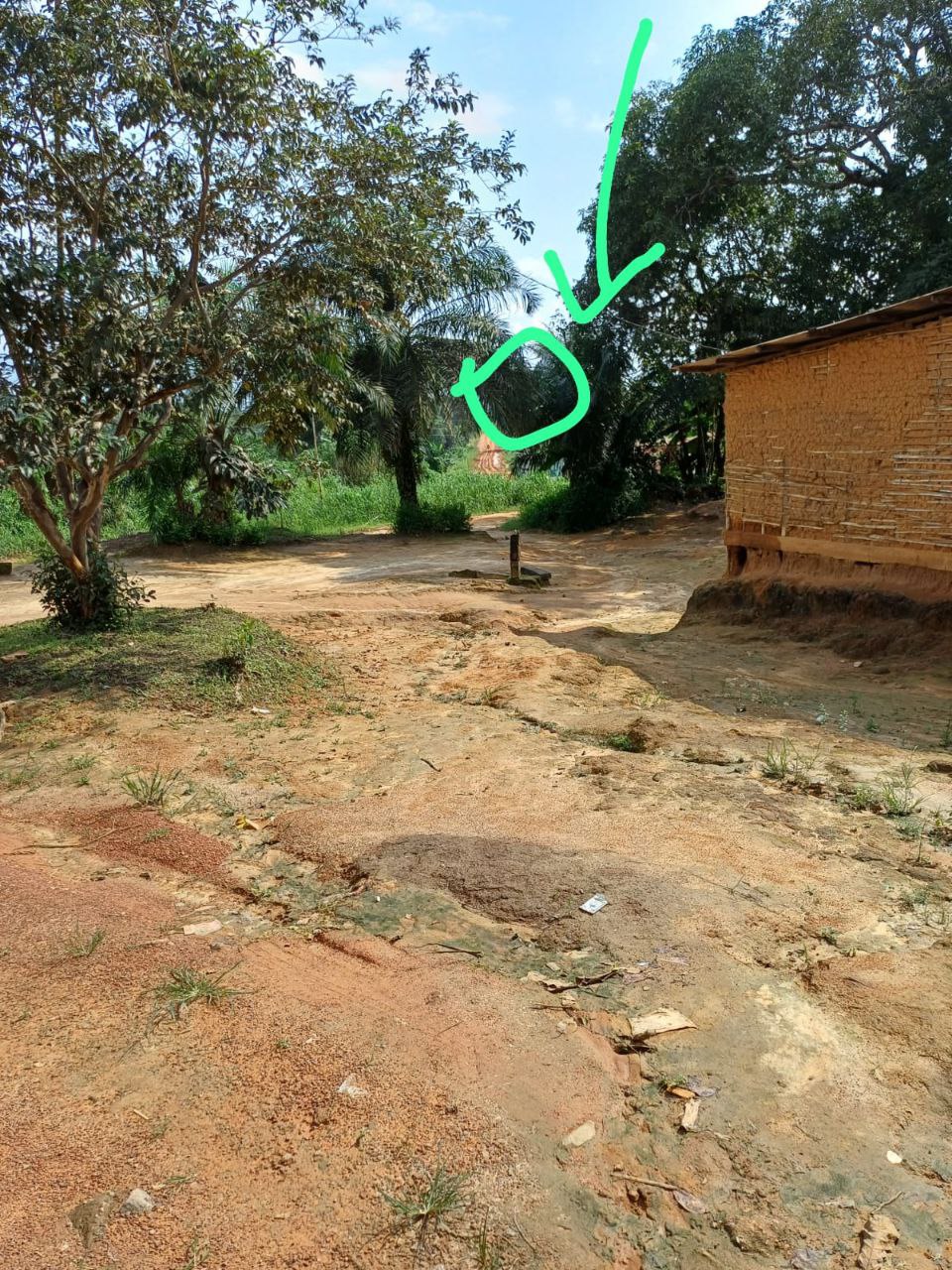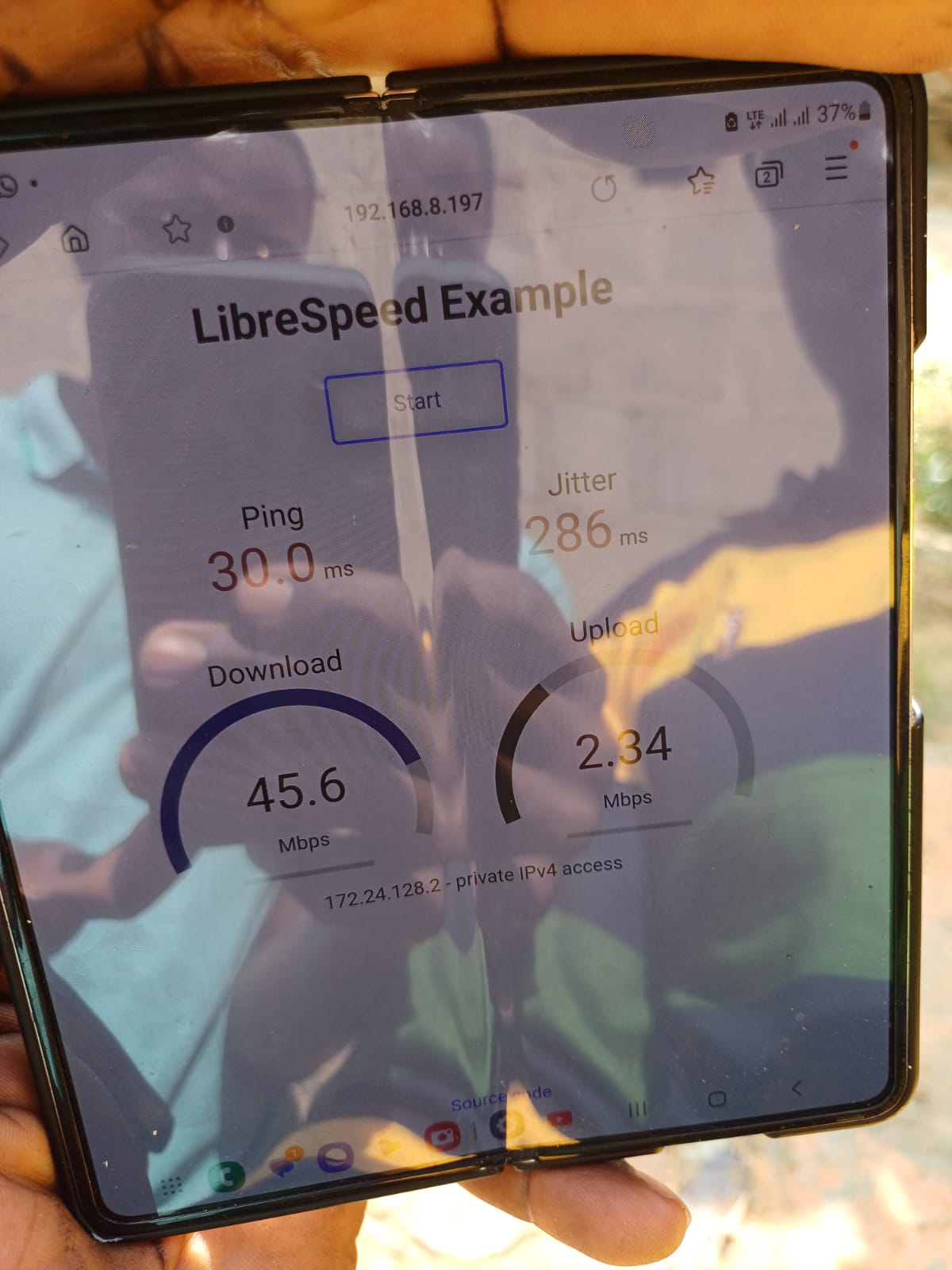Access to the internet is crucial in today's economy. However, many regions face significant challenges when it comes to connectivity. In some areas, the lack of proper infrastructure, difficult physical environments, and limited financing create substantial barriers to establishing reliable internet access.
Physical obstacles such as mountains, forests or buildings can hinder connectivity, and these regions sometimes also suffer from insufficient energy infrastructure to support a stable network. Environmental factors, including heavy rains and muddy roads add further complexity, particularly in remote or rural locations.
Private networks can unleash the potential of these underserved areas as they can be rapidly implemented with minimal infrastructure, making them ideal for regions where traditional network deployment is cost-prohibitive or technically challenging. This connection can lead to significant benefits, from enhancing education and enabling access to media, to opening up new opportunities for economic growth.
Rapid.Space ORS
Rapid.Space is a resilient 4G/5G edge cloud operator with a global presence. Our international, Fully Open infrastructure is built on the core principles of openness, transparency, portability, and reversibility. This includes open source software, open hardware, and open operating procedures. It manufactures an autonomous base station tailored for private networks. For detailed information, please visit:
The key advantages of ORS compared to other products include:
- All-in-one solution: A single box functions as eNb/gNb, core network, OSS/BSS, and edge cloud node.
- Dual 4G and/or 5G support: Delivers both 4G and/or 5G on a single frequency (e.g., 2.6 GHz, 3.7 GHz) with a bandwidth of 40 MHz shared between 4G/5G (e.g., 10 + 30) or DSS.
- Local and remote core networks: Provides a local core network for low-latency or resilient local UEs and a remote core network for public or corporate networks.
- Distributed core network: Offers high resiliency with no single point of failure for applications requiring it.
- Local edge services: Enables deployment of local edge services such as CDN, IoT gateway, PLC, etc.
Challenge: lack of infrastructure and power supply
The environment selected encompass all the constraints mentioned previously. It is covered by a very dense forest and most roads during rain season become muddy, making parts of the region nearly inaccessible by car. Moreover, some areas are not covered by traditional network operators.
The question arises : is it possible to deploy a resilient private 4G/5G network to provide a 1km range connectivity in a remote, infrastructure-free environment using only an ORS and an antenna ?
Solution and testing
The ORS is ideal to make a very quick deployment as it is an all-in-one 4G/5G base station, proven perfectly fit to endure harsh outdoor conditions.
The car's battery was used as the power supply as there was no source of electricity nearby.
In addition to the ORS, an antenna was installed on a rudimentary 4-meter tree to expand the coverage.

On the first testing site in the forest, we installed a directional antenna at just 1m high on a tree and the ORS with 2610 MHz frequency and 10MHz bandwith powered by the car's battery. We reached more than 200m despite dense vegetation.


On the second testing site, we mounted the antenna 1,5m high and were able to reach a 1km range.

The download speed is very satisfactory at 1 km distance and without any disruptions.
We demonstrated that we could successfully deploy a 4G/5G private network in a remote, infrastructure-free environment in a matter of minutes. We performed this using only an antenna installed on a tree and an ORS powered by a battery.
Permanent URL
References